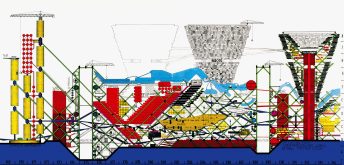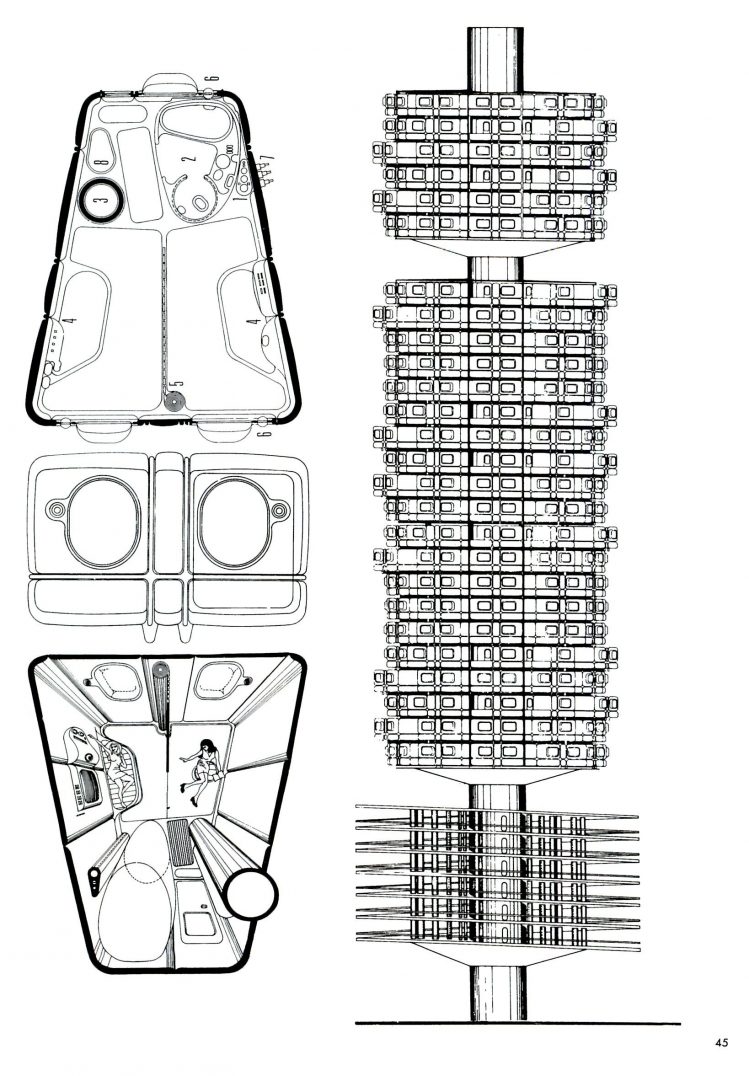PA-3 VIEWS
PLUG-IN CITY

Plug-in City is a project that surged between 1962 and 1964 as a result of a series of reflections that focus on aspects such as consumer culture from the point of view the substitution, the application of new technologies to new structures. urban areas and the variety and flexibility of the parts in the whole.
The Plug-in City is formed from a large network mega-structure that contains the main accesses and services. In this structure, the different units destined to meet the needs of the population are temporarily located and are projected under the principles of flexibility and substitution, so that each one is designed for a specific durability. There is a system of cranes on the rails at the top that handle the different elements in case their replacement is necessary and supply the city in its entire height.

The system is a hierarchical system, so that the longest-lasting elements, such as the heavy main supply and communication infrastructures are at the base of the structure, and those of shorter persistence, such as fast communication routes or housing modules. , tend to be higher or on the periphery. The most active collective areas are in the central areas. A trend towards standardization of the different elements can also be observed.
This infrastructure is designed to adapt to any terrain and even existing cities, as they already worked by superimposing the Plug.in City to the city of London.

The group proposed a form of city that responded to the new way of life based on the culture of consumption. Although the result can be considered to be a utopia, perhaps achieved due to the excessive effort of a futuristic image and too much reliance on new technologies, the concepts used for structuring networks and systems, as well as for uses within the city are entirely consistent and applicable to our cities. Also the idea of replacing the obsolete elements of the city in a fast way seems very interesting to me, especially in the current moment in which a new conception of architecture seems to be of great need, not as something so permanent but with the possibility of adapting quickly to a new situation.
